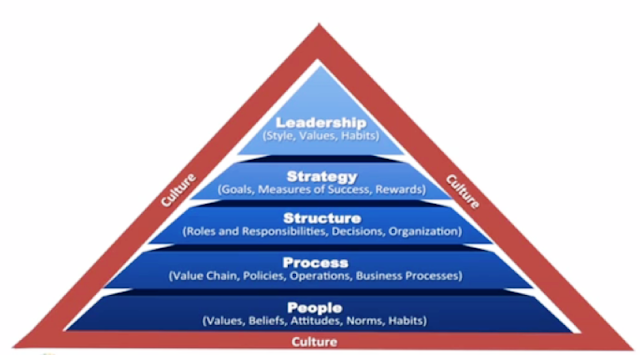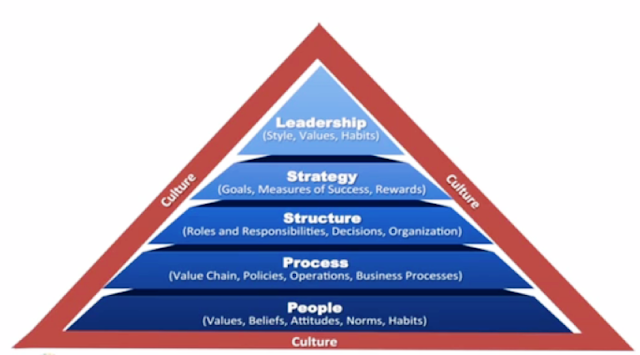“What makes an Agile leader?” is the most frequently asked question in my leadership workshops. Although there is lots of research and data available on leadership, there is no clear information on what makes an Agile leader.
Based on my experience with leadership coaching, I would like to explain what is expected from an Agile leader. Before getting into the specifics, let’s go through what being a leader is all about.
Jack Welch of GE defined a leader as an individual who “ … is considered to be someone with vision and [the] ability to articulate that vision to the team so vividly and powerfully that it becomes their vision.”
Why leaders are so important in any organization?
I don’t want to belabor the importance of leaders; instead, I’ll use the quotes below to summarize it nicely.
As the region [country] so the language, as the king so the people. — Sanskrit proverb
The leadership role creates the organizational culture
- Leadership (style, values, and habits)
- Strategy (goals, measures of success, and rewards)
- Structure (roles and responsibilities, decision, and organization)
- Process (value chain, policies, operations, and business processes)
- People (values, beliefs, attitudes, norms, and habits)
The leader’s role in the Agile transformation
Before the Agile transformation
- Leaders must be clear about answering the question, “Why is my organization moving to the Agile way of working?” They must ensure that they convey the objectives/purpose of the Agile transformation all the way through to the last employee, while maintaining its meaning.
- Change the organizational structure, if it is not going to support your Agile transformation strategy. For example, form feature teams from component teams. Identify infrastructure requirements and set them up.
- Do a skill mapping within your teams and check whether you have the end-to-end skills required to fulfill the work requests (e.g., it could be new product development whereby your journey is from product backlog item to product increment, or it could be a service request that adds value to the customer). Hire team members if any specific roles are required for the Agile transformation.
- Do a readiness assessment for the teams to know whether they are ready for the change or whether there are any changes necessary to get them ready. Leaders can seek the help of Agile coaches here. One simple but important question to ask: “Are we ready for change?”
- Communication is key. Communicate the details of the Agile transformation with all the team members. Have conversations with teams, understand their hopes and fears, and create a psychologically safe environment. Communicate for success.
During the Agile transformation
- Collaborate with the Agile coach and transformation team, and share your expectations and observations. Provide all the support required to the teams, individuals, and Agile coaches to make them self-organized and empowered.
- Believe in the Agile Manifesto (Agile values and principles). Start practicing it. Be a role model for teams by practicing what you preach. Exhibit behaviors that are expected from your teams or from individuals who report to you.
- Encourage teams to fail fast. Reward or celebrate failures.
- Train teams and leaders on Agile (based on your organization’s strategy) and in other skills required in teams. Trainings or workshops help teams gain more knowledge and start working in an Agile way.


